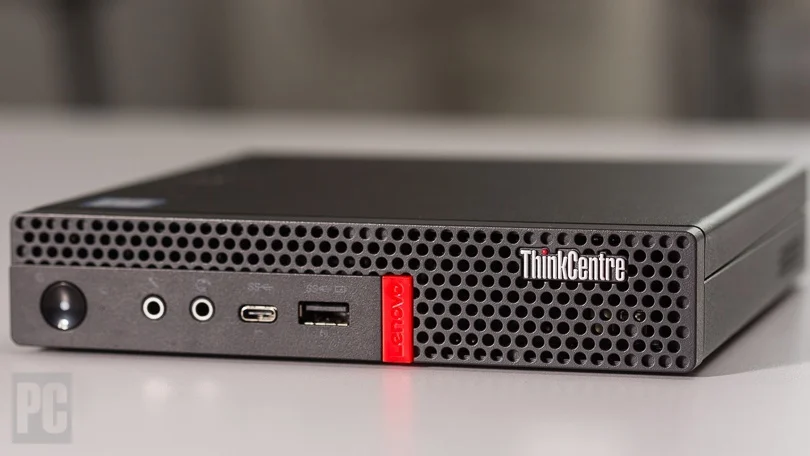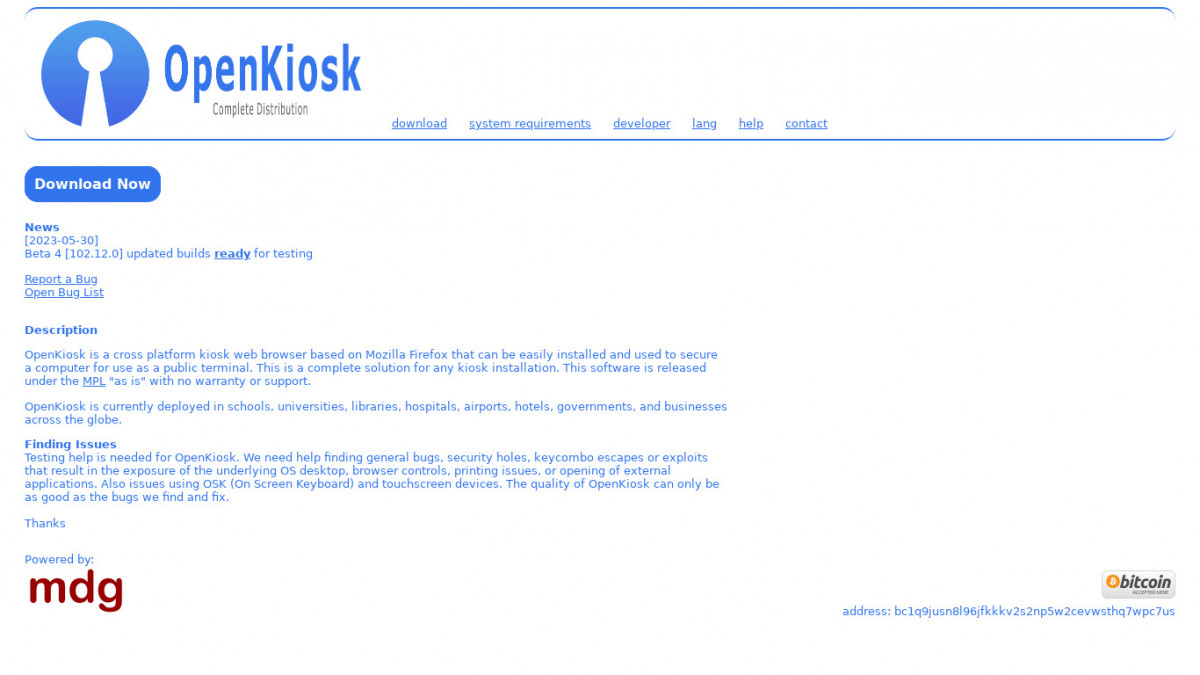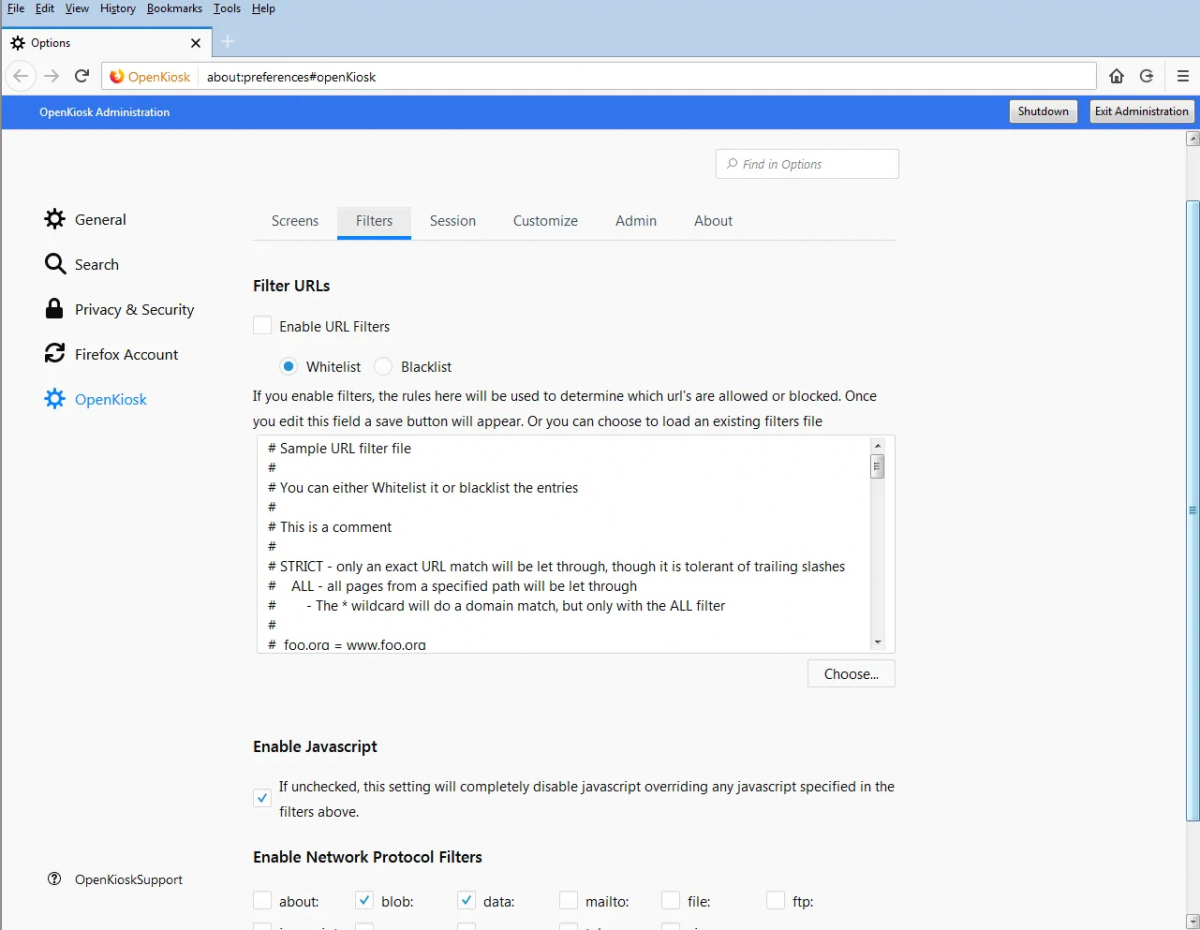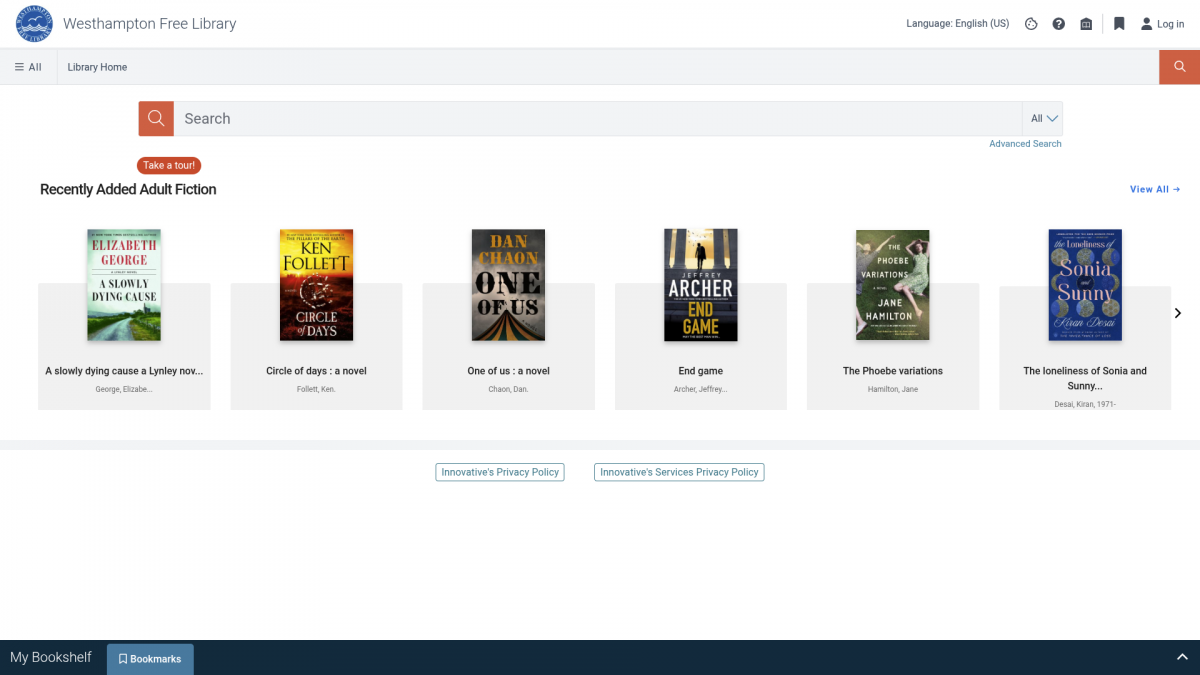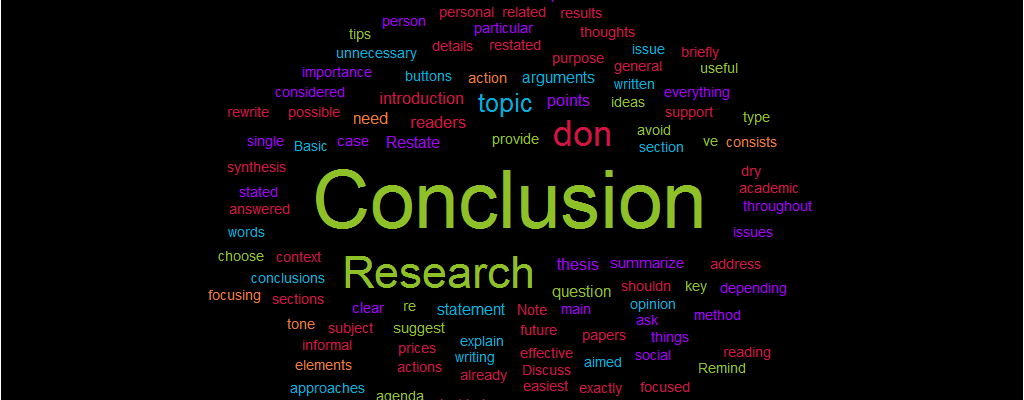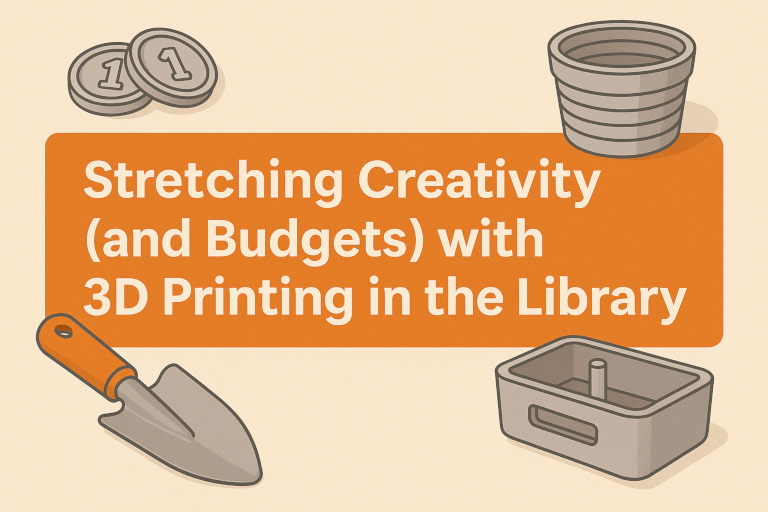
In today’s library world, creativity and technology often go hand in hand—and sometimes the most innovative solutions come from thinking small. At the Westhampton Free Library, we’ve discovered that our 3D printers aren’t just fascinating gadgets—they’re also powerful tools for saving money and supporting programs across departments.
Our library currently has three 3D printers: two Bambu Lab P1S printers and one Bambu Lab A1 Mini. These compact machines have become an integral part of how we bring creative ideas to life. Patrons regularly submit print requests for their own 3D models, and our staff uses the printers to support programming that stretches our budget while adding a unique creative flair.
Turning Plastic into Possibility
One of our biggest 3D printing success stories came from our Children’s Department. Each summer, the department runs a popular Summer Reading Club, where children earn Library Bucks—small coins redeemable for prizes. In previous years, we purchased printed wooden coins at a cost of over $1,000 for 1,500 pieces.
This year, we decided to try something different. Instead of ordering coins, we printed them in-house using our 3D printers. The results were not only visually appealing but also durable, customizable, and completely reusable. Best of all, the switch to 3D-printed coins saved the library over $1,000—proving that creativity can be just as valuable as funding.
Growing Ideas in the Garden
Our Adult Services Department also found innovative ways to use 3D printing. The library’s Seed Library and Reading Garden have become community favorites, offering patrons a chance to borrow seeds, learn about sustainable gardening, and enjoy the beauty of plants grown right here at the library.
To support these efforts, we’ve used our 3D printers to create custom gardening tools, planters, and propagation station accessories. These printed items are not only functional but also align with the library’s commitment to sustainability—reducing waste, reusing materials, and producing what we need right on-site.
Why 3D Printing Makes Sense for Libraries
For libraries on tight budgets, 3D printing represents an opportunity to combine technology, creativity, and practicality. Once the printers are set up, the ongoing costs are minimal—a roll of PLA filament costs around $15–$25 and can produce dozens of items.
From signage holders and name tags to program supplies and educational models, the potential uses are endless. Beyond saving money, these projects showcase how libraries can be MakerSpaces for the community, inspiring innovation and hands-on learning.
At the Westhampton Free Library, our 3D printers have become much more than equipment—they’re creative problem-solvers that help every department do more with less. Whether it’s printing a prize for a child, a tool for a gardener, or a model for a curious patron, 3D printing has proven to be one of our most versatile and valuable technologies.
💡 Benefits and Takeaways
- Saves money: 3D printing reduces costs for program materials and supplies.
- Encourages innovation: Staff and patrons can design and create solutions in-house.
- Supports sustainability: Produces only what’s needed with minimal waste.
- Engages the community: Demonstrates the library’s role as a creative technology hub.

